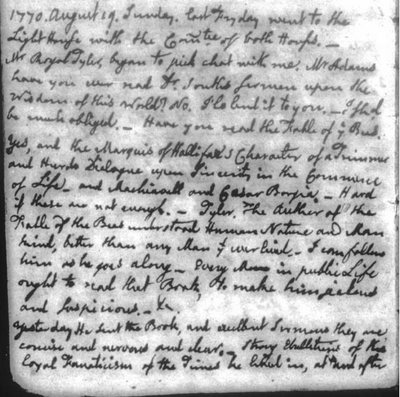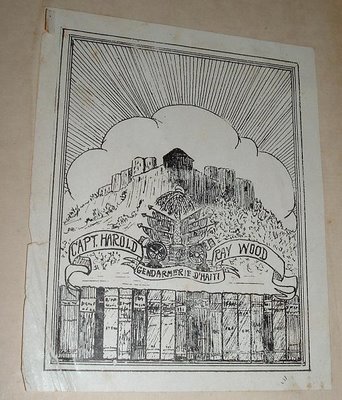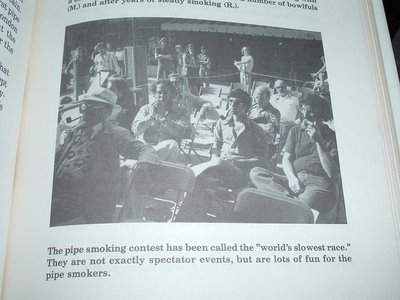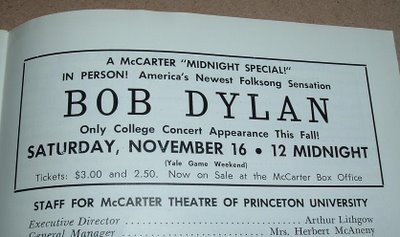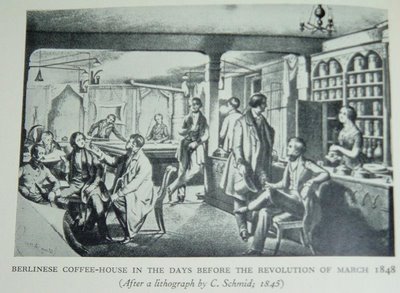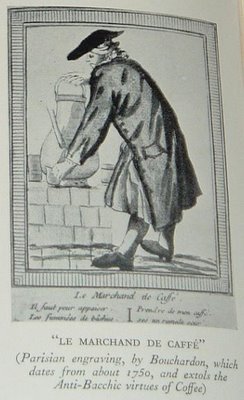
In the 1960s, advertisers seeking to capitalize on the changing times, targeted a growing women's movement by lauding their social progress and rewarding them with their own cigarette brand, along with a more equal chance with men for contracting all the smoking-related illnesses. The ad slogan was, "You've come a long way, baby." The absurdity of these ads, especially in hindsight, fell short of using burning bras to light up.
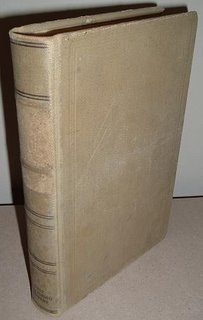
But just how far had women come? A long way when you consider the content found in
A Manual of Elementary Law, by Walter Denton Smith (Instructor, Law Department University of Michigan), West Publishing Co., St, Paul, Minn., 1894.
From a legal perspective, women in 1894 may have felt somewhat justified in adopting their future granddaughters’ slogan,
You've come a long way, baby. Chapter XIII in this book is titled
The Law of Domestic Relations, and provides some insight to just how far perceived women's rights had come.
Addressing historical, outdated philosophical and social views of marriage in America, there is the following:
In general, it may be said that the husband assumed control over the wife and her property in such a way as to leave her in a position little better than that of a slave of the higher order. 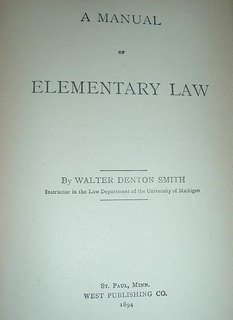
The next paragraph contrasts the archaic with the
then modern or current enlightenment:
At the present time, most of the disabilities imposed upon the wife by virtue of her relation to her husband have been removed.
Most being the key word here. So how far had women come by 1894? Read on:
By virtue of his position as the head of the family, the husband still controls, to a limited extent, the actions of his wife. The latter is bound to accompany him whenever he changes his domicile, and she owes to him the duty of reasonable obedience. He has, however, no right to chastise her. He is entitled to his wife’s services at common law and in most of the States of this country. In return for the performance of these duties on the part of the wife, the husband is bound to support and protect the wife. If he fails to provide her with the necessaries of life, she may purchase them in his name, and he will be compelled to pay for them.There are too many flashpoints for groans and grimaces—at least one in every sentence—to even start commenting on them. Suffice it to say that by the 1960s women had indeed come a long way from the social mores bound in the legal presentation of that 1894 law book. Feminine cigarettes notwithstanding.

 Having just handled these books earlier in the week, oddly enough, their titles became rather topical sounding this morning. No digging in the leaves here--just some quick surface observations of the jacket titles in the wake of Saddam Hussein's execution last night. At a New Year's Eve-Eve-Eve party I attended, the host turned the tv onto a cable news channel, and about 9:00 p.m. C.S.T., somebody in the room alerted the rest of us that he was dead. We looked away (tv on the east wall, no less!) from our drinks and conversations, uttered a few comments--mostly about fears of the effect the news would have on our troops over there--then somebody changed the channel to one of the football bowl games, and life resumed at a cocktail party 7500 miles away. Barely a ripple in the rhythms of a festive evening. I hope for the same for all the troops in harm's way.
Having just handled these books earlier in the week, oddly enough, their titles became rather topical sounding this morning. No digging in the leaves here--just some quick surface observations of the jacket titles in the wake of Saddam Hussein's execution last night. At a New Year's Eve-Eve-Eve party I attended, the host turned the tv onto a cable news channel, and about 9:00 p.m. C.S.T., somebody in the room alerted the rest of us that he was dead. We looked away (tv on the east wall, no less!) from our drinks and conversations, uttered a few comments--mostly about fears of the effect the news would have on our troops over there--then somebody changed the channel to one of the football bowl games, and life resumed at a cocktail party 7500 miles away. Barely a ripple in the rhythms of a festive evening. I hope for the same for all the troops in harm's way.











 Think of checkers and you (I) get an image of old men sitting around the cracker barrel or old Franklin stove in a country store, slowly pondering their next move on the checker board. I don't think of detailed books, with bloated titles, and this one was originally published in 1897. I guess by 1931 (this edition), the game had changed enough in some way to warrant a new edition. Revised and enlarged. What is there to revise about checkers? Perhaps this falls under the heading of "You can't judge a book by its cover."
Think of checkers and you (I) get an image of old men sitting around the cracker barrel or old Franklin stove in a country store, slowly pondering their next move on the checker board. I don't think of detailed books, with bloated titles, and this one was originally published in 1897. I guess by 1931 (this edition), the game had changed enough in some way to warrant a new edition. Revised and enlarged. What is there to revise about checkers? Perhaps this falls under the heading of "You can't judge a book by its cover."


